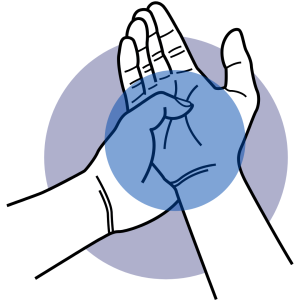
JOINT RHEUMATISM
Hand and wrist joint rheumatism refers to a condition affecting the joints of the hand and wrist, usually caused by rheumatic diseases such as rheumatoid arthritis or osteoarthritis. There are two main types:
Rheumatoid Arthritis (RA):
Rheumatoid arthritis is an autoimmune disease. The immune system is normally a defense system that fights organisms harmful to the body, but in RA, the immune system mistakenly attacks its own joints. RA usually affects joints in both hands, usually symmetrically. It can cause symptoms such as stiffness, swelling and pain in the morning.
Osteoarthritis (OA):
Osteoarthritis is a condition caused by the wear and degeneration of cartilage tissue in the joints. In hand-wrist osteoarthritis, this is often associated with aging, joint injuries or genetic factors.
Treatment Methods:
Medicines:
Nonsteroidal Anti-inflammatory Drugs (NSAID’ler):
Used to reduce pain and inflammation.
Disease Modifying Anti-Rheumatic Drugs (DMARD’lar):
Romatoid artritte used to regulate the immune system.
Steroids:
Can be used in cases of severe pain and inflammation.
Physical Therapy and Exercise:
Physiotherapist-led exercise programs can improve and strengthen joint flexibility.
Rest and Joint Protection:
During periods of severe pain it is important to rest and protect the joint.
Hot and Cold Treatment:
Hot applications can relieve pain, while cold applications can reduce swelling.
Hand Supports and Orthotics:
Specially designed hand supports or wrist braces can improve joint stability.
Surgical Treatment:
Surgery is usually the last step in the treatment plan and is considered when joint damage is severe or has not responded to other treatments. Surgical options may include joint replacement or surgical correction. The treatment plan is determined based on the patient’s specific condition, severity of symptoms and responsiveness.

